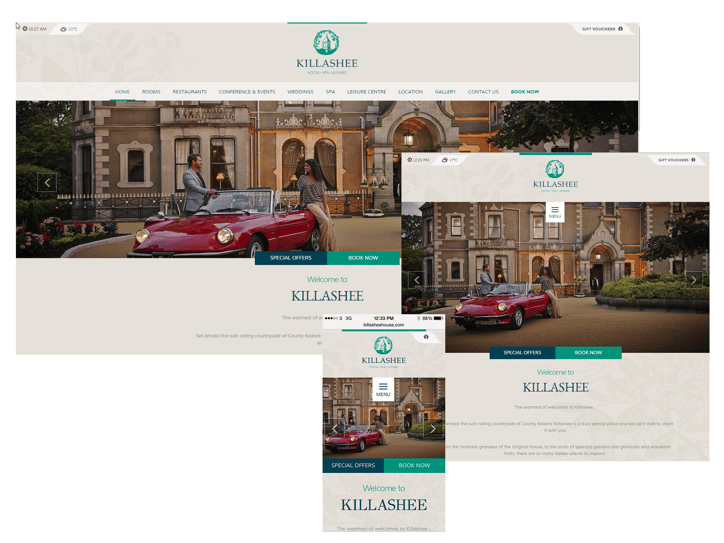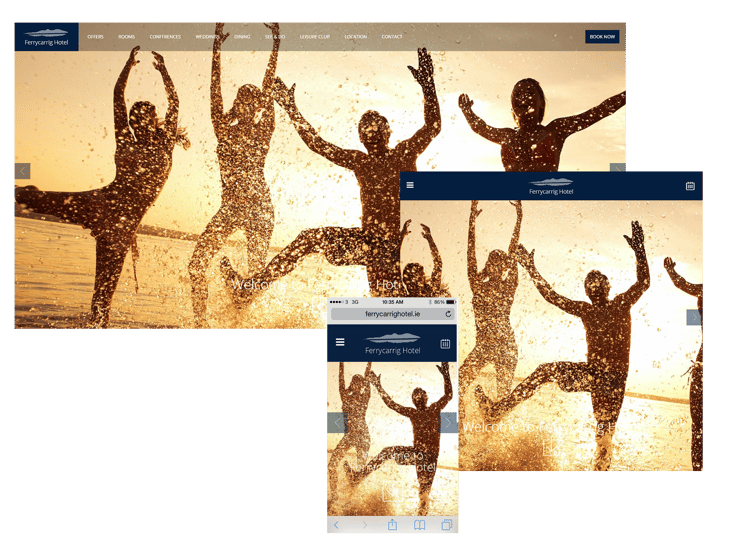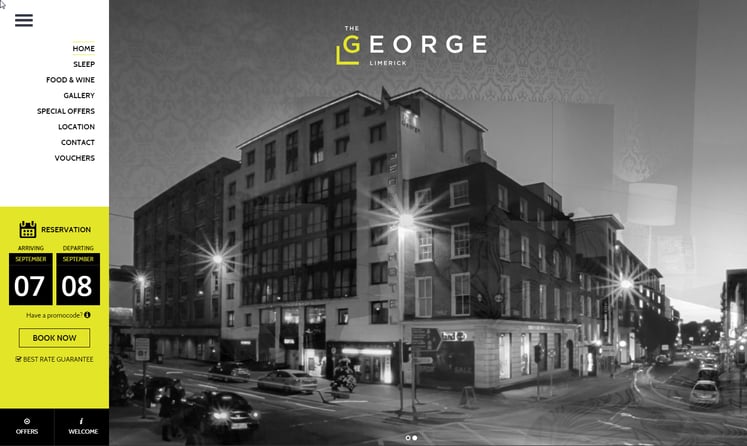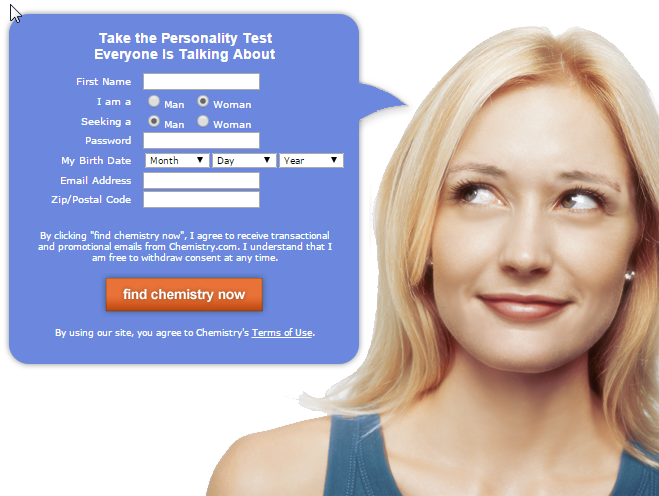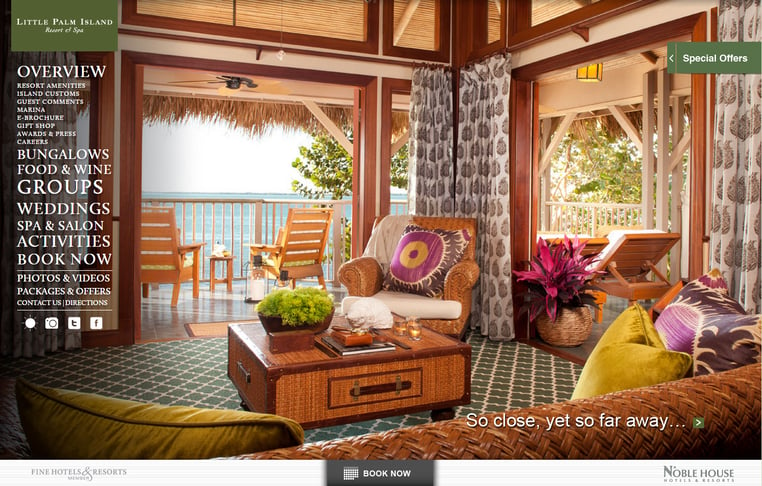One of the main purposes of your website is to convert visitors into bookings.
You want potential guests browsing your site to complete the booking process, turn up at the front desk, and check-in. To do this, your site must have a design that is not only appealing, but highly converting.
With that in mind, here are 6 hotel site design tips to help you convert more visitors into guests.
- Stick To a Responsive Design
35 years ago people wondered why we would ever need home computers, never mind buying off the internet.
Fast forward to today and more than 148.3 million people use the internet to make reservations for their accommodations, tours and activities. That’s more than 57% of all travel reservations each year (Statistic Brain).
And as people have become more comfortable with buying online, sales from mobile devices have soared. According to research from Rezdy, “Of all direct online bookings, 30% are made on mobile devices, and it’s increasing at a rate of 1% per quarter.”
The facts above speak for themselves: your hotel site needs to be responsive.
It’s no longer safe to cling to a desktop-friendly design. Bookings are coming from more than every type of device, from desktop to mobile to tablet.
A responsive design adapts to the medium it is being viewed on. This means your hotel website will be as crisp and smooth on tablets, TVs and mobile phones as it is on desktops.
Making your site easy to navigate on all devices increases conversions, because guests can research and book from you with ease.
Below are 3 examples of responsive hotel web design, as they might appear on a desktop and a mobile.
If you adjust the browser window size, and try these sites on other devices, you’ll find that they constantly readjust and respond to how you are viewing them.
For a deeper dive into how responsive design can ramp up conversions, check out this great article by Moz.
- Make Your Navigation Bar Easy To Find And Use
Making your navigation bar hard to find is the equivalent of hiding the map from the driver on a roadtrip – they may never get where you want them to go!
Here’s an example of a good navigation bar:
Why does it work?
The color and positioning make it easy to identify, the choices are limited and aren’t too complex, and the overall design of the page is simple. This makes it easier for people to find out more information and spot the navigation bar.
For a navigation bar that keeps visitors on site:
- Make sure it’s placed where guests expect it to be. Why? Because people prefer visiting sites they are familiar with. This is known as cognitive fluency.
- Keep the navigation bar simple. Too many options damage conversions.
- Avoid generic navigation labels and buttons.
- Use a contrasting color scheme. Color should help make your navigation bars and links stand out, not blend in. This is a psychologically proven way (known as a “schema”) to draw attention to things.
- Use the serial position effect. Attention and retention jumps up for things at the beginning and end of lists. So place important aspects of navigation at either end, with less important elements in the middle.
- Let Your Guest’s Eyes Breath
One of the basic principles of design is keeping things simple.
This might sound like a simple point (and it is!), but—as any website owner will tell you—it’s easy to get carried away placing widgets, tools and too much text on your site. When it comes to higher conversions, clarity and simplicity can’t be stressed enough.
In 2012, a Google study found that people judge websites as beautiful in 1/50th-1/20th of a second, and that visually complex or busy sites are usually regarded as less beautiful than their simpler counterparts.
The less visual work your reader has to do, and the simpler your website design, the better.
- Have A Sense of Direction In Your Images
We, as humans, tend to follow subconscious visual cues presented to us.
Numerous case studies have proven that visual cues are great for directing attention to specific elements on your website.
Chemistry.com has used this strong image on their homepage for years:
Using the woman’s gaze as visual cue, Chemistry’s CTA draws nearly as much attention as the woman’s face does.
Other visual cues, like arrows or images that point towards something, can also be used to guide attention to an element.
This is a great, subtle way to draw more attention to your CTA, your copy, navigation bar or testimonials.
- Make Your Call to Action Stand Out
Your call to action is one of the most important aspects in driving your bookings. It can singlehandedly spike or reduce conversions.
That’s why it’s important to make it as strong and prominent as possible on the page.
To ensure that your CTA draws attention:
- Use a color that stands out
- Make your button look clickable. Give it a distinctive shape, and have enough space around it
- Make sure it’s a sensible size
- Experiment with visual cues: use A/B testing to find the best approach for your hotel
- Don’t use vague copy, invite your guest to take action
Need examples? Here’s 17.
- Make Your Design Relevant To Your Hotel
- strongview.com’s case study shows how increasing relevancy in email marketing boosted cooking.com’s open rates by 500%, and dropped unsubscribe rates by 29%
- IDIO published a case study in which making relevant content for a health website boosted CTR by 32%. Resulting in 55,000 more subscription sign-ups.
- In an article on call to action buttons, contentverve.com reveals that making their CTA copy more relevant to cutomers yielded over a 200% boost in conversions
Highly relevant images, copy, and overall design boosts conversions.
Palm Island Resort does a great job deploying a highly relevant design:
The color, images, and copy do a great job of inviting you to a luxurious romantic getaway holiday, which is a goal we can all get behind. Ideally, of course, your design will match your hotel’s atmosphere, whether that’s a cute B&B or a high-powered city hotel for business executives.
To ensure that your design is relevant to your guests:
- Ensure that you have a solid customer persona
- Look at each element on your site. Ask yourself, does this clearly communicate what you’re about? Does it communicate it to the right customer?
- Read your copy without looking at images. Does it still paint an ideal picture to your ideal guest?
- Look at your images without reading copy. Do they broadcast the ideal message to your typical guest?
- Let your visitors do the talking. Use A/B split tests to see what converts better and optimize from there
To increase hotel bookings and site conversions, design is incredibly important. Your design must be simple, allow for swift navigation and communicate the right message to the right potential guests.
Are you looking to revamp your hotel website design for better conversions? Get in touch with us. We can help power up your hotel design for more bookings, just like we’ve done for other hotels.

